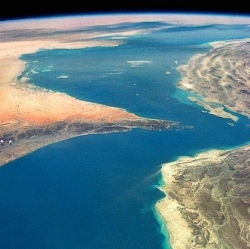
Consider a pair of brothers, identical twins. One gets a job as an astronaut and rockets into space. The other gets a job as an astronaut, too, but on this occasion he decides to stay home. After a year in space, the traveling twin returns home and they reunite. Are the identical twins still identical? NASA is about to find out.
In March of 2015, NASA astronaut Scott Kelly will join cosmonaut Mikhail Kornienko on a one-year mission to the International Space Station. Their lengthy stay aims to explore the effects of long-term space flight on the human body.
The interesting thing about Scott is, he’s a twin. His brother Mark is also an astronaut, now retired. While Scott, the test subject, spends one year circling Earth at 17,000 mph, Mark will remain behind as a control.
"We will be taking samples and making measurements of the twins before, during, and after the one-year mission," says Craig Kundrot of NASA’s Human Research Program at the Johnson Space Center. "For the first time, we’ll be able two individuals who are genetically identical."
The experiment harkens back to Einstein’s "Twin Paradox," a thought experiment in which one twin rockets to the stars at high speed while the other stays home. According to Einstein’s theory of relativity, the traveling twin should return younger than his brother, strange but true.
